Capturing the beauty of the night sky through astronomical photography is an exciting and rewarding experience. However, it is crucial to prioritize safety while engaging in this hobby. One way to ensure a safe and successful photography session is by having the appropriate safety gear and equipment, including first aid kits.
First aid kits for astronomical photography are designed to address potential injuries and emergencies that may occur while stargazing and taking photos. These kits typically include essential items such as bandages, antiseptic wipes, and pain relievers. They can help mitigate risks and ensure prompt and effective treatment in case of an accident or injury.
Investing in a night sky photography first aid kit is an important step towards capturing the beauty of the night sky safely. By prioritizing safety, you can fully enjoy this captivating hobby with peace of mind.
Key Takeaways:
- Ensure safety while engaging in astronomical photography by having the appropriate safety gear and equipment, including first aid kits.
- First aid kits for astronomical photography are designed to address potential injuries and emergencies that may occur while stargazing and taking photos.
- Prioritizing safety is crucial to fully enjoy the beauty of the night sky through astronomical photography.
Night Sky Camera Protection: Essential Gear for Astronomical Photography
When taking photographs of the night sky, it’s crucial to protect your camera equipment from potential hazards. The right protective gear can ensure that your camera remains safe and functional, allowing you to capture stunning images of the stars.
One of the primary hazards of night sky photography is moisture. Even slight amounts of moisture can damage your camera’s delicate electronic components, rendering them useless. To combat this risk, investing in a camera rain cover or waterproof camera case is an excellent idea.
Another critical aspect of protecting your camera is preventing it from overheating during long exposure shots. Using a heat-resistant camera bag, or simply keeping your camera in a shaded area, can help prevent the camera from overheating and potentially becoming damaged.
Ensure that you also consider other potential threats to your camera’s safety, such as bumps, scratches, or falls. It’s best practice to store your equipment in a padded camera bag or case to avoid these risks.
Aside from camera protection, having the right equipment is also crucial for successful astronomical photography. Tripods and shutter releases are vital tools for reducing camera shake during exposure. A tripod will keep your camera steady, while a remote release or intervalometer will allow you to trigger the shutter without touching the camera, minimizing any movement or shake.
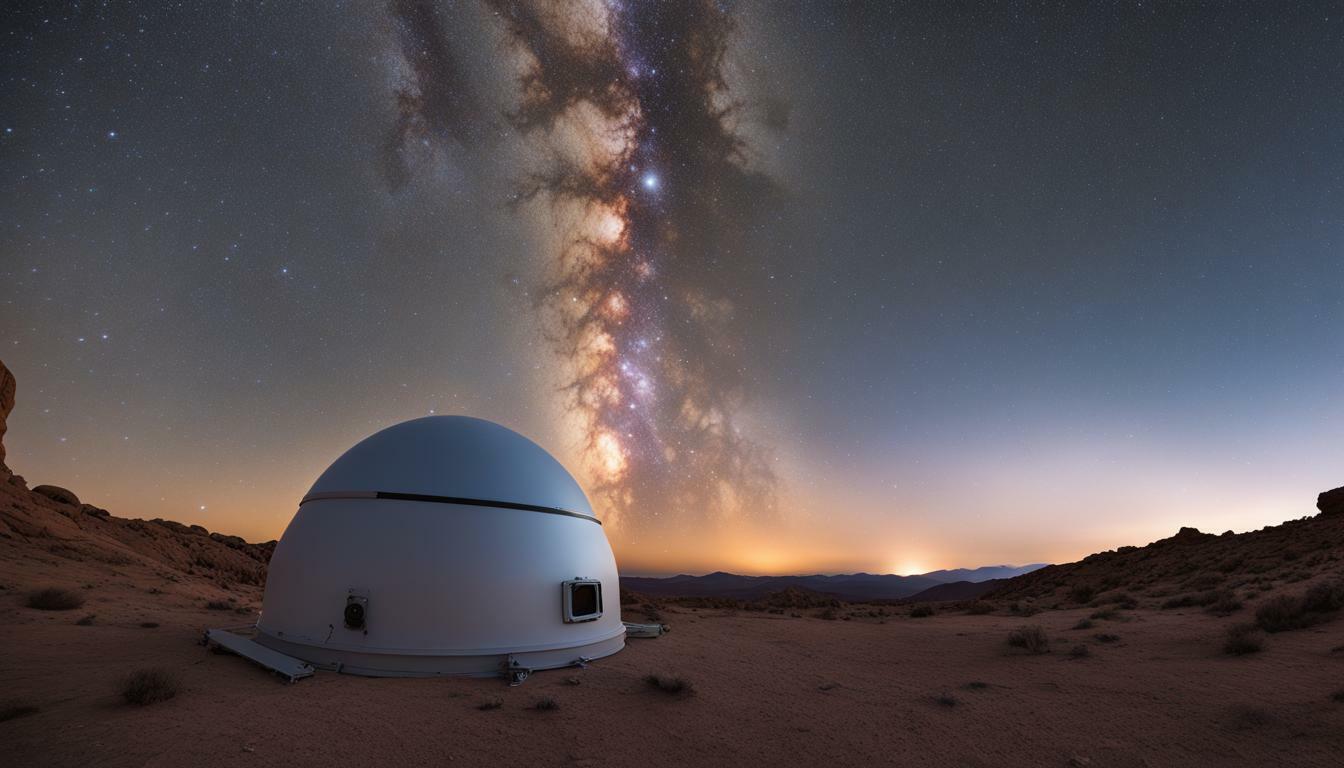
Investing in high-quality lens filters can also help protect your lens while enhancing the quality of your images. UV and ND filters can help reduce glare and lens flare, resulting in crisp, clear photographs.
When it comes to night sky photography, taking care of your equipment is essential for capturing breathtaking images. By investing in the right protective gear and equipment, you can safeguard your camera from potential hazards and ensure that it remains in top condition for years to come.
Astronomical Photography First Aid Essentials: Be Prepared for Any Situation
Photographing the night sky can be a thrilling experience, but it’s important to be prepared for any potential injuries or emergencies that may occur. Having a first aid kit on hand can provide peace of mind and help you address any unexpected situations that may arise. Here are the essential items that should be included in your first aid kit for astronomical photography:
| Item | Use |
|---|---|
| Adhesive bandages (various sizes) | To cover and protect minor cuts and scrapes. |
| Gauze pads and adhesive tape | To control bleeding and dress larger wounds. |
| Antibiotic ointment | To prevent infection in cuts and wounds. |
| Antihistamines | To treat allergic reactions from insect bites or stings. |
| Pain relievers | To alleviate headaches or other pain. |
| Tweezers | To remove splinters or ticks. |
It’s also important to consider any specific medical needs you may have, such as medications or inhalers. Additionally, keeping a first aid manual on hand can provide valuable guidance on how to address more serious injuries or emergencies.
By packing a well-equipped first aid kit, you can ensure that you’re prepared for any situation that may arise while photographing the night sky. Take the time to assemble your kit before heading out on your next stargazing adventure.

Ensuring Safety: Astronomical Photography Safety Kit Guidelines
When engaging in astronomical photography, it is crucial to have a safety kit with emergency tools and equipment readily available. This kit can aid in handling potential accidents or challenges while capturing the night sky. Here are some guidelines for assembling your safety kit:
| Item | Purpose |
|---|---|
| First aid kit | For addressing injuries and emergencies |
| Flashlight with extra batteries | For illuminating dark areas and providing additional light |
| Emergency blanket | For insulation and warmth in cold temperatures |
| Whistle | For alerting others in case of an emergency |
| Multi-tool or knife | For cutting and other necessary tasks |
| Water and food | For staying hydrated and energized during long shoots |
It is essential to make sure that your safety kit is well-stocked, well-organized, and easily accessible. Keep it in a waterproof container to protect it from moisture and damage. Regularly inspect and replace any expired or damaged items to ensure your safety kit is in top condition.
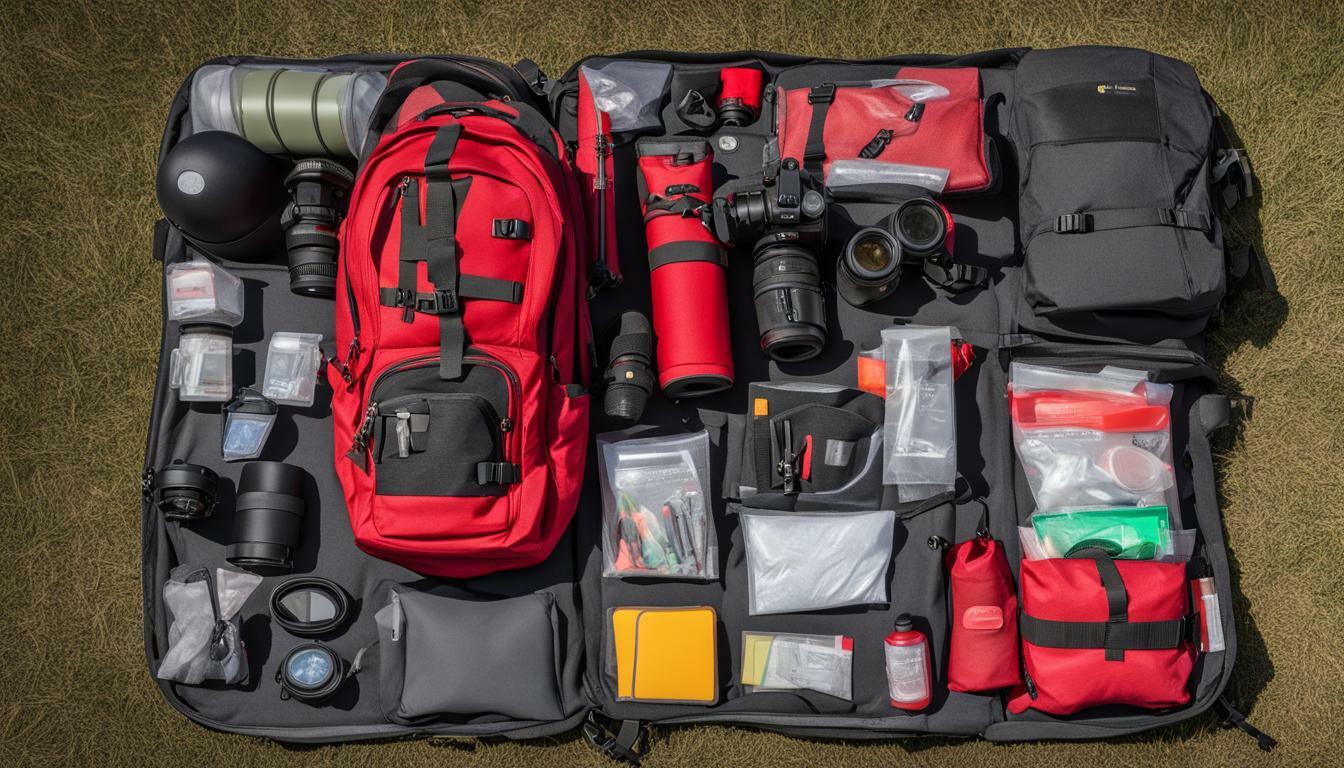
Protecting Yourself: Personal Safety Measures for Astronomical Photography
As a budding astronomy photographer, you must prioritize personal safety measures to ensure a safe and enjoyable experience. Here are some essential tips for protecting yourself during night sky photography sessions:
- Dress Appropriately: Wear comfortable, warm clothing that covers your body and protects you from the cold and potential insect bites, and other hazards.
- Stay Hydrated: Bring plenty of water and snacks to stay hydrated and nourished during long sessions to avoid dehydration.
- Be Aware of Your Surroundings: Familiarize yourself with the area you intend to photograph, and always be alert to your surroundings. Be mindful of any changes in the weather, wildlife encounters, or other unfamiliar situations that may require your attention.
- Stay Visible: Use reflective gear or a flashlight to make yourself visible to other stargazers and protect yourself from any potential accidents.
By following these simple personal safety measures, you can ensure a safe and enjoyable night sky photography experience. Remember, always prioritize your safety first, and keep in mind the potential hazards of the natural environment.
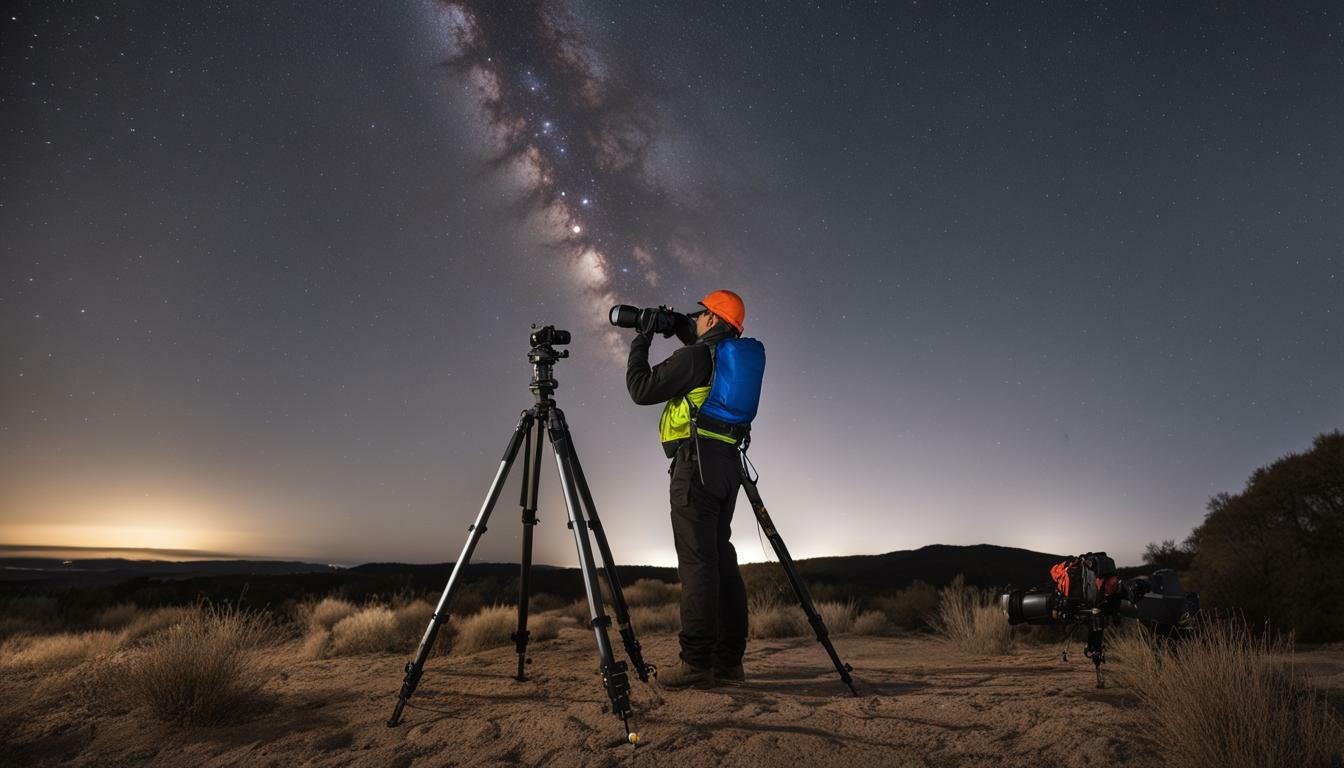
Night Sky Photography: Avoiding Common Risks and Hazards
When it comes to night sky photography, there are several risks and hazards that need to be taken into consideration to ensure a safe and enjoyable experience. By being aware of these risks and taking the necessary precautions, you can capture breathtaking photos of the night sky while staying safe and avoiding accidents or injuries.
Night Sky Photography Risk: One of the main risks associated with night sky photography is dealing with adverse weather conditions. It is essential to keep an eye on the forecast and be prepared for any changes in weather. Additionally, it is crucial to pack appropriate clothing to keep warm and dry, especially during colder months.
Night Sky Photography Hazards: Wildlife encounters can also pose a potential hazard during night sky photography sessions. Remember to be aware of any animals in the area and avoid disturbing or approaching them. In addition, it is essential to have a source of light with you at all times to avoid any tripping or falling accidents.
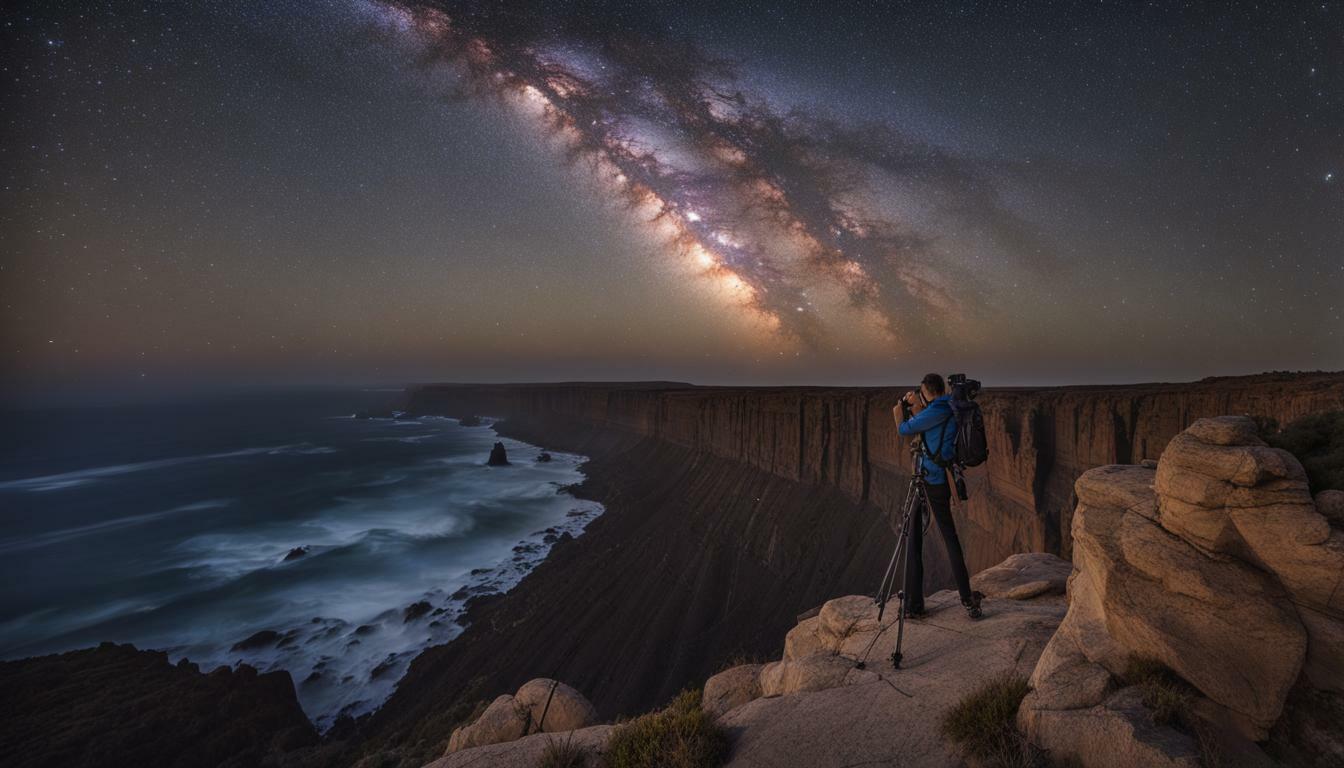
One of the best ways to minimize risks and hazards is by planning ahead. Research the location where you plan to take photos and familiarize yourself with any potential dangers. By doing so, you can take steps to avoid these hazards and prevent accidents.
It is also important to be cautious when handling equipment in low-light conditions. Always double-check your gear to prevent any malfunctions or mishaps and consider using a tripod or remote shutter release for added stability and safety.
By being prepared, vigilant, and cautious, you can capture stunning photos of the night sky while minimizing any potential risks or hazards.
Emergency Response: What to Do in Astronomical Photography Accidents
While astronomical photography can be a rewarding and engaging hobby, accidents and emergencies can occur unexpectedly. To ensure your safety and the safety of those around you, it is important to be prepared and knowledgeable in how to handle potential accidents or injuries. Here are some steps to take in the event of emergencies during astronomical photography:
| Emergency Situation | Actions to Take |
|---|---|
| Equipment malfunctions | Stop using the equipment immediately and assess the damage. If it is beyond repair, replace it with a backup or leave it untouched until a professional can assess and repair it. |
| Injuries or medical emergencies | Assess the severity of the injury. If it is minor, administer first aid using the supplies from your kit and monitor the individual’s condition. If the injury is severe or life-threatening, call for emergency medical assistance immediately. |
| Weather conditions | If you are caught in inclement weather such as rain, thunderstorms, or wind, seek shelter immediately to protect yourself and your equipment. Wait until the weather clears before continuing your astronomical photography session. |
It is important to remain calm and collected during emergencies and to seek assistance when necessary. Keep your first aid kit and emergency tools readily available and be aware of your surroundings to prevent accidents and injuries. By taking the necessary precautions and being prepared, you can enjoy a safe and fulfilling experience in astronomical photography.
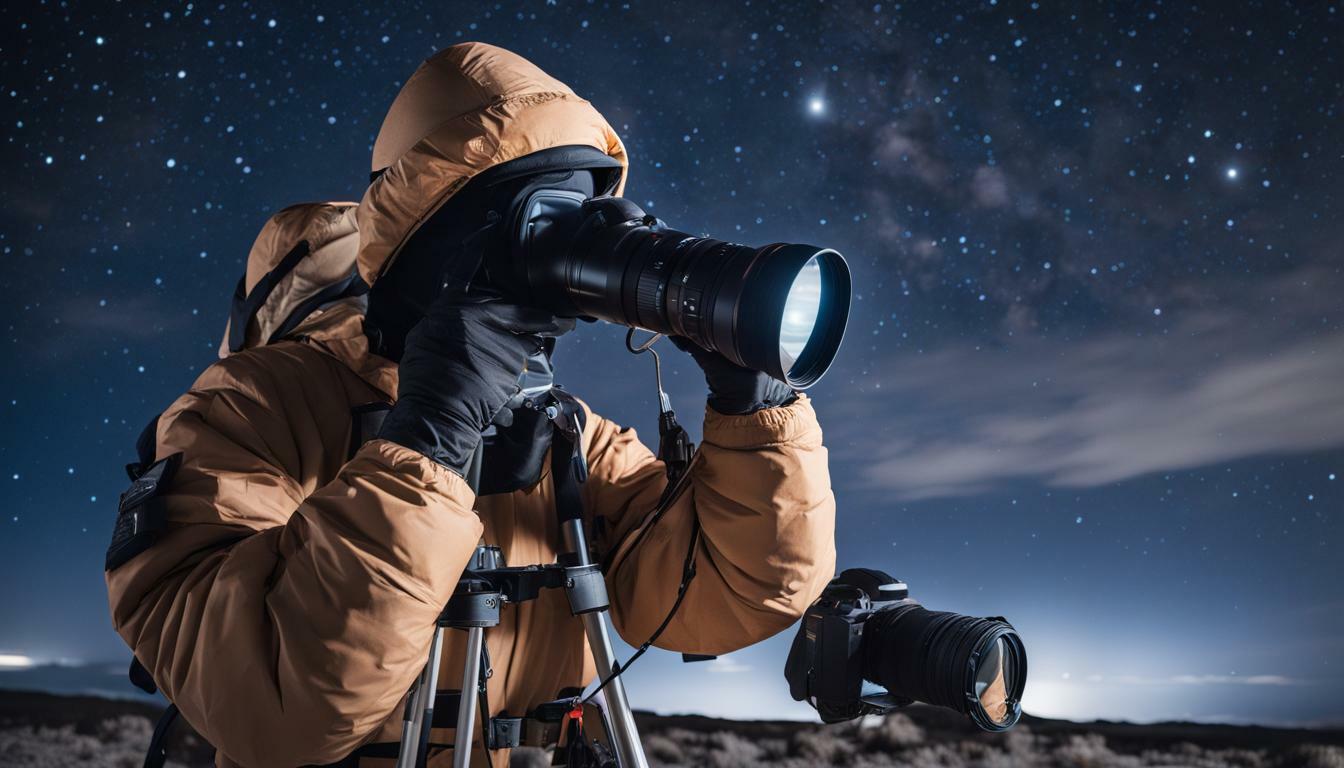
First Aid Training: Enhancing Safety in Astronomical Photography
Having the appropriate first aid kit and safety gear is crucial for ensuring your wellbeing when enjoying a hobby such as astronomical photography. However, knowing how to use these items in an emergency is equally important. This is why first aid training is an essential component of staying safe while capturing the night sky.
First aid training for astronomical photography provides individuals with the necessary skills and knowledge to respond effectively to accidents and emergencies. These courses cover topics such as wound management, CPR, and handling medical emergencies.
By enrolling in first aid training courses, individuals involved in astronomical photography can become better equipped to handle potential accidents and injuries. They can better assess the situation and provide appropriate medical assistance until professional help arrives.
Moreover, first aid training prepares individuals to act calmly and confidently in emergency situations. This can be especially important when dealing with unexpected or challenging circumstances, such as wildlife encounters or adverse weather conditions.
Investing in first aid training for astronomical photography not only enhances personal safety but also contributes to a safer and more responsible community of night sky photographers.
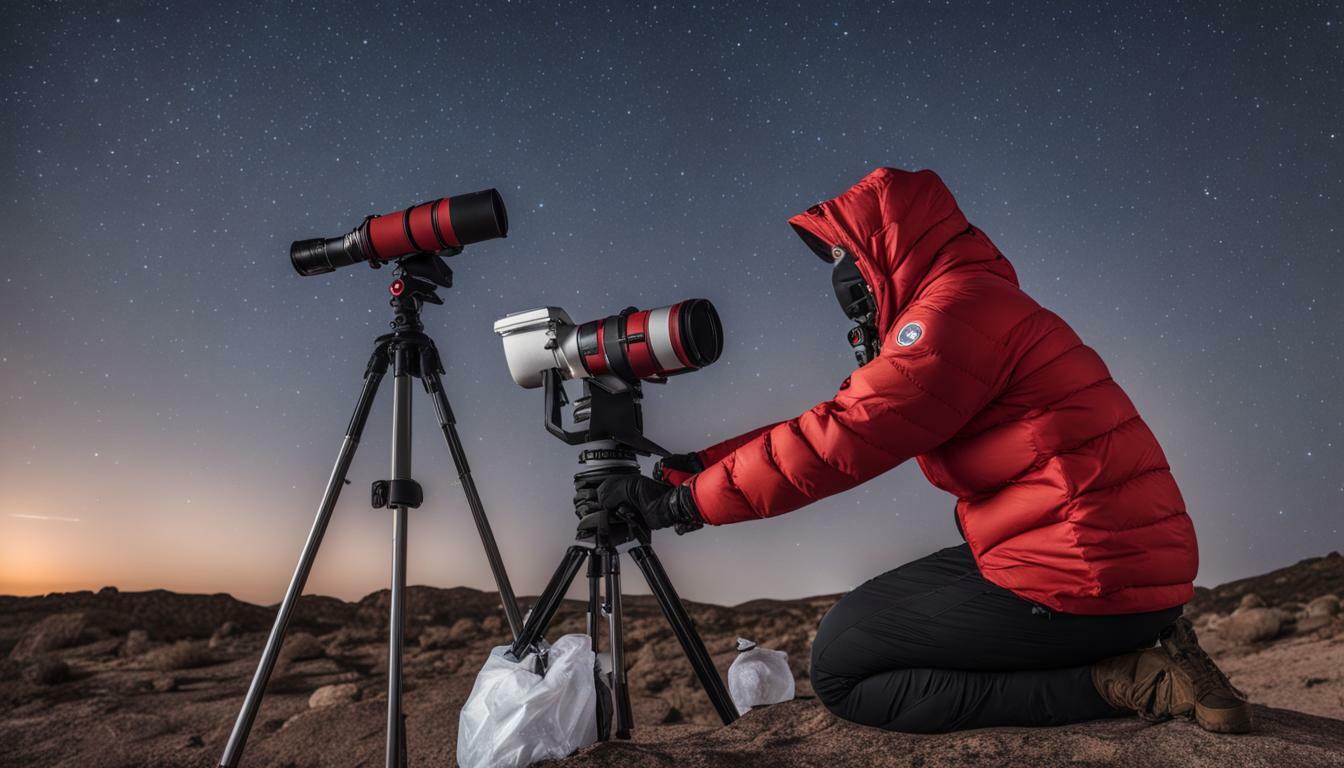
Enroll in a first aid training course today and gain the skills and confidence necessary to capture stunning photos of the night sky with peace of mind.
Night Sky Photography Gear Maintenance for Longevity and Safety
Proper gear maintenance is essential for ensuring longevity and safety in astronomical photography. Neglecting to care for your equipment can result in potential hazards, damage to your gear, and subpar performance. Here are some tips for maintaining your gear effectively:
Regular Inspections
Before and after each use, inspect your equipment thoroughly for any signs of wear and tear. Check for loose screws, cracks, or any other damage that may compromise the safety or functionality of your gear. If you notice any issues, address them immediately or seek professional assistance.
Cleaning
After each use, clean your equipment to remove any debris, dust, or moisture that may have accumulated. Use a soft-bristled brush or compressed air to clean lenses, filters, and other delicate parts. Be sure to use cleaning solutions specifically designed for camera lenses and avoid using harsh chemicals or abrasive materials that may scratch or damage your gear.
Storage
Proper storage is crucial for preserving the condition and performance of your equipment. Store your gear in a dry and cool place, away from direct sunlight or heat sources. Use protective cases or bags to prevent dust, moisture, or scratches. Avoid storing your gear for long periods without use, as this may result in damage or malfunctions.
By implementing these maintenance practices, you can ensure the safety and longevity of your gear, allowing you to capture breathtaking photos of the night sky for years to come.
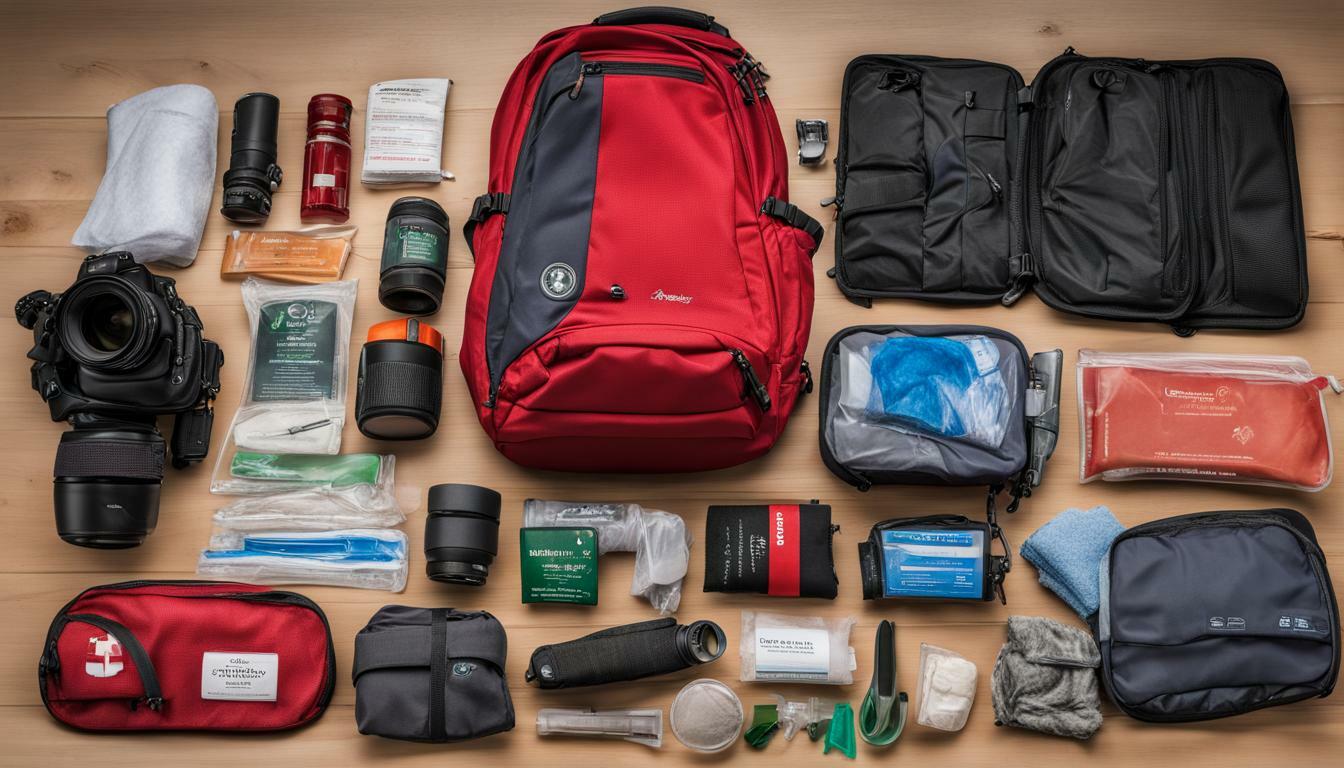
Night Sky Photography Etiquette: Respecting the Environment and Others
As astronomical photography enthusiasts, it’s our responsibility to practice responsible and respectful behavior while capturing the night sky. We must prioritize the safety of ourselves and others, as well as the preservation of the environment. Here are some essential etiquette guidelines to follow:
- Minimize light pollution: When photographing the night sky, avoid using bright lights or flash that can disturb the natural surroundings and disrupt wildlife habits. Use red torches instead, which are less disruptive and preserve night vision.
- Be considerate of noise: Avoid loud noises and music while photographing, particularly if you are in a public area. Noise can be disruptive to other people who may be around you.
- Respect private property: If you are photographing on private property, always seek the owner’s permission beforehand. Never trespass, and always leave the area as you found it.
- Stay on designated paths: Always stick to designated pathways and avoid damaging the environment. Never disturb the soil, plants, or wildlife in any way.
- Be respectful to fellow photographers: Be mindful of other photographers around you. Avoid standing in their shot and be courteous when making adjustments or moving equipment. Remember, we are all here to enjoy the night sky and capture its beauty.
By following these simple guidelines, we can create a safe and enjoyable environment for everyone who wishes to capture the magnificent night sky. Let us all respect and protect our precious environment and uphold the values of responsible astronomical photography.

Conclusion
To capture the beauty of the night sky through astronomical photography, it is crucial to prioritize safety and responsible practices. Having a first aid kit and the right safety gear can help prevent and mitigate potential accidents and injuries. It’s also essential to take personal safety measures, such as wearing appropriate clothing and staying hydrated.
When engaging in astronomical photography, it’s important to be aware of the risks and hazards, including weather conditions and wildlife encounters. However, with the right preparation and knowledge, these risks can be minimized, and a safe and enjoyable photography session can be achieved.
Remember to practice responsible behavior, such as respecting private property and being conscious of light pollution and noise considerations. By promoting a positive community of astronomical photography enthusiasts, we can ensure the longevity and preservation of this captivating hobby.
Consider obtaining first aid training and regularly maintaining your gear to enhance safety and longevity. By prioritizing safety and responsible practices, we can capture the night sky safely through astronomical photography and continue to enjoy its beauty for years to come.
